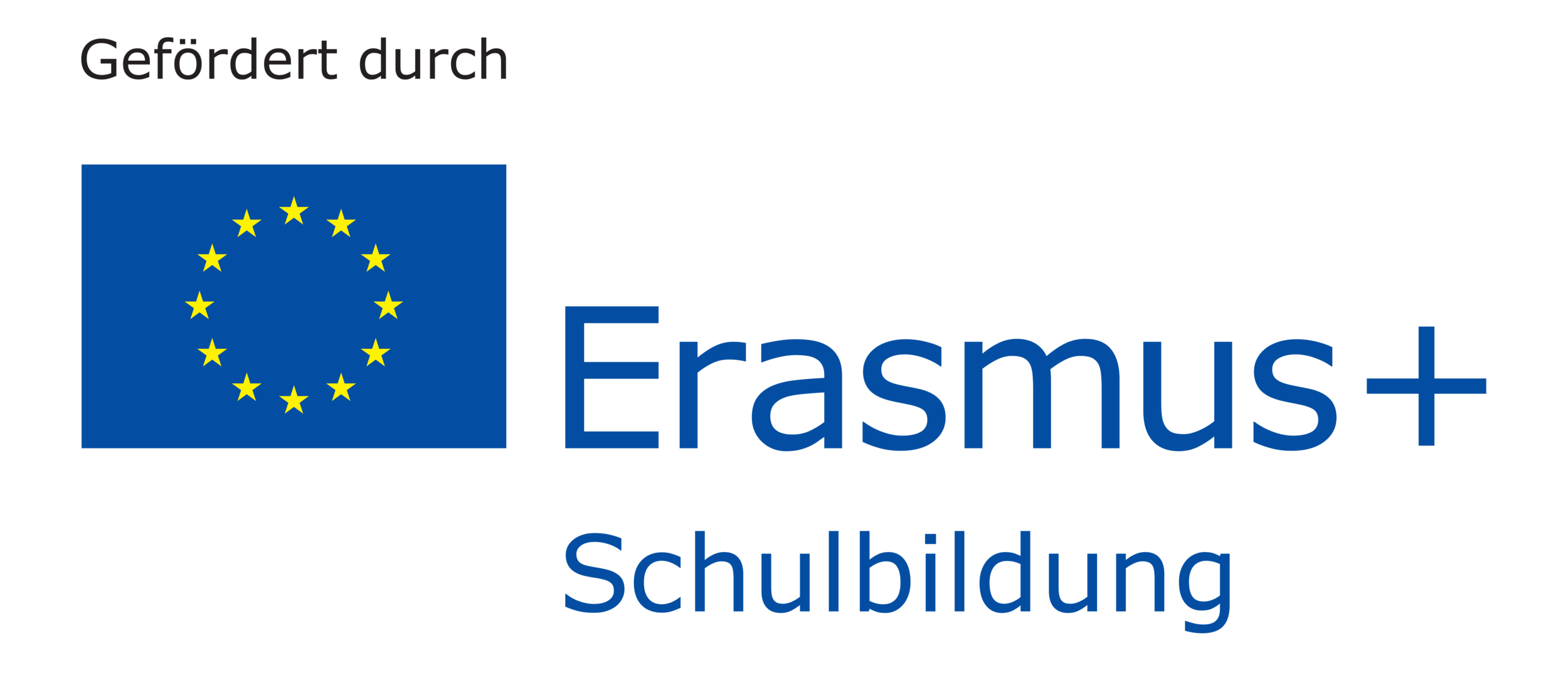Encouraging Diversity Competency In a Kindergarten Setting
In the first five years of life, a child’s brain develops faster than at any other time. Raffa and her classmates are at an age where experiences have a significant impact in laying the foundations for learning, behaviour, values and health (Comission, 2019).
As children become more aware of their own physical traits and characteristics, they become more aware of the differences between themselves and others as well. For example, differences between their own family members, between boys and girls, educators and children, the different family structures of the others in the group. Depending on these experiences, children can form both positive and negative ideas and attitudes about these differences, also known as biases (Tomlins, 2018).
“Diversity competence encompasses:
- being aware of one’s own world view
- developing positive attitudes toward differences
- gaining knowledge of different family practices and world views
- developing skills for communication and interaction across family constellations
- being aware that while some settings are more passive for children, thoughts and awareness will naturally form (Crouch S. , Waters, McNair, Power, & Davis, 2012). ”

